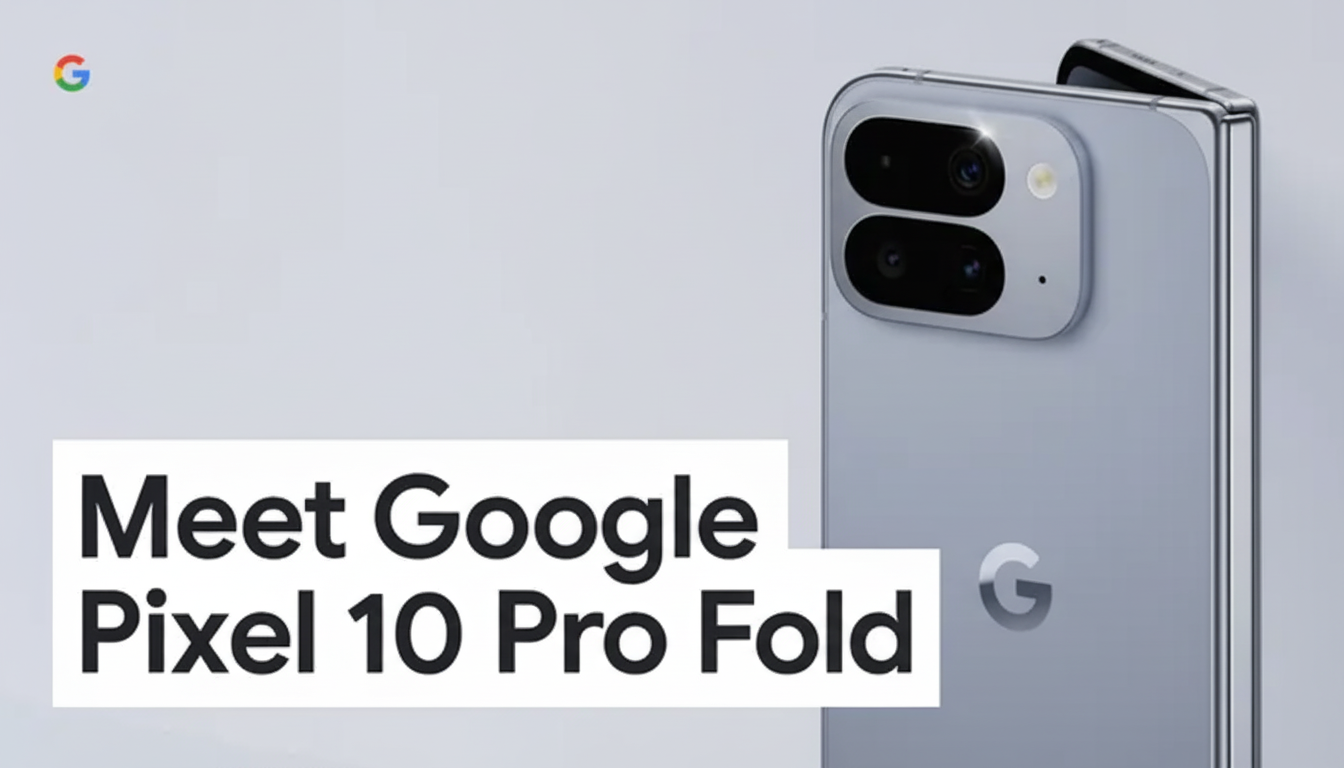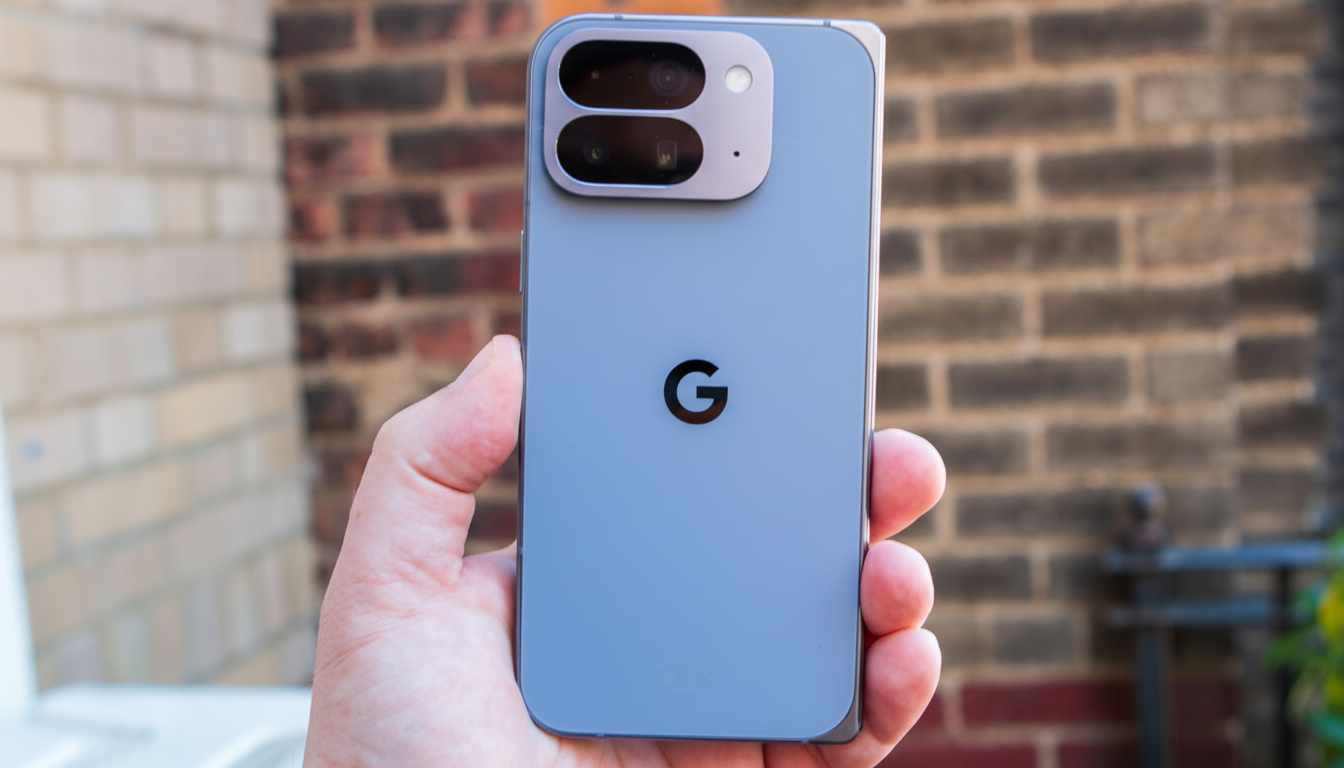Google says the Pixel 10 Pro Fold’s puzzling battery indicator glitch — where a question mark appears instead of a reliable status — is being triggered by “incompatible” wireless chargers. A reboot usually restores normal readings, and a software fix is planned for next month. Until then, Google advises using certified Qi2 chargers with the foldable.
What Pixel 10 Pro Fold users are seeing on battery status
Early owners have reported the battery icon sprouting a question mark or failing to show an accurate charge level after wireless charging sessions. Community threads on the Pixel Fold subreddit and coverage from third-party trackers suggest the behavior has appeared on multiple units, often shortly after launch-day setups and early wireless charging tests.

While the number of reports doesn’t prove a widespread defect, it does indicate a consistent pattern. Historically, a question mark next to the battery on some Pixel models signaled a hardware fault. In this case, Google says the culprit is not the battery itself but the charger-device interplay, and that normal behavior typically returns after a reboot.
What Google says is causing the Pixel 10 Pro Fold battery bug
According to a company spokesperson, the issue stems from using wireless chargers that aren’t compatible with the Pixel 10 Pro Fold’s expected charging protocols. When the phone fails to complete a proper charging handshake, the system can lose track of state-of-charge data and display an unknown status. Google recommends switching to Qi2-certified wireless chargers and restarting the phone if the question mark appears.
Google also indicated a software update is on the way next month to address the behavior outright. If the icon persists after rebooting and moving to a certified charger, the company advises contacting support for further diagnostics.
Why Charger Compatibility Matters On Foldables
Wireless charging relies on a negotiation between the phone and the charging pad. Qi2, the Wireless Power Consortium’s latest standard derived in part from Apple’s MagSafe approach, adds magnetic alignment and stricter certification to ensure consistent power delivery and communication at up to 15W in baseline implementations. Certified gear must pass interoperability tests that help prevent the exact kind of miscommunication owners are seeing.

Foldables add another wrinkle: many use multi-cell battery architectures split across halves of the device, coordinated by a battery management system that expects clean telemetry from the charger. If the charger falls back to a legacy mode or uses proprietary signaling outside Qi2 guidelines, the phone may receive incomplete data, prompting the software to flag the status as unknown rather than risk showing an incorrect percentage.
We’ve seen similar negotiation hiccups during the industry’s transition phases before. When standards evolve, “MagSafe-compatible” or “fast-charge capable” labels don’t always guarantee full compliance. That’s why the Qi2 certification mark from the Wireless Power Consortium is the safest shorthand for compatibility.
What you can do right now to avoid the battery glitch
- Reboot the phone. Many users report the question mark disappears after a restart.
- Use a Qi2-certified charger. Look for the official Qi2 badge from the Wireless Power Consortium on chargers from established brands. Be cautious with accessories marketed as “MagSafe-style” without explicit Qi2 certification.
- Try wired USB-C PD charging. Using a reputable USB-C Power Delivery brick and cable can help isolate whether the anomaly is limited to wireless charging.
- Update accessory firmware if available. Some wireless chargers from major vendors offer firmware updates through companion apps to improve Qi2 interoperability.
- Check alignment. Magnetic alignment is part of Qi2’s promise; on non-magnetic pads, misalignment can degrade communication and power transfer on larger devices like foldables.
- Contact support if it persists. If the indicator remains stuck after switching chargers and rebooting, Google support can run remote diagnostics or arrange service.
The bigger picture for Pixel owners using Qi2 chargers
The rapid growth of Qi2 is meant to reduce exactly these cross-compatibility headaches by tightening certification and aligning device behavior across ecosystems. As foldables like the Pixel 10 Pro Fold push new form factors and battery layouts, the margin for error with gray-market or loosely compliant accessories shrinks.
The good news is that Google’s acknowledgment, a viable workaround, and a forthcoming update suggest this is a software-side handling issue rather than a systemic hardware flaw. If you stick to certified Qi2 chargers in the near term and keep your device updated, the question mark battery mystery should be short-lived.

